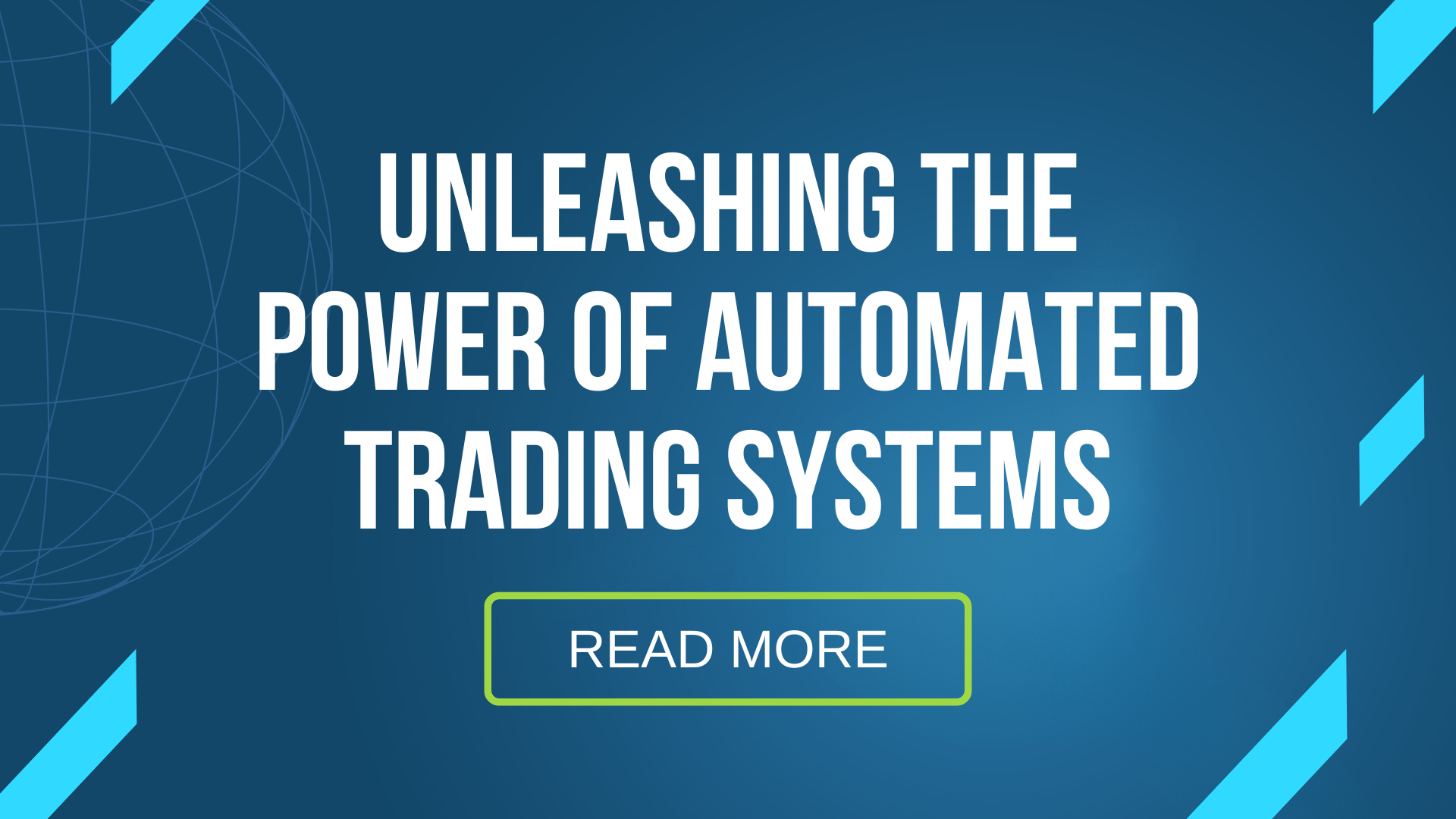
In today’s fast-paced financial markets, staying ahead of the curve is essential for traders seeking consistent profitability. Enter automated trading systems – sophisticated algorithms designed to execute trades automatically based on predefined criteria. In this comprehensive guide, we’ll delve deep into the realm of automated trading systems, exploring their benefits, strategies, and best practices to help you harness their full potential.
Understanding Automated Trading Systems
At its core, an automated trading system is a computer program that executes trades on behalf of a trader according to a set of predefined rules or algorithms. These systems leverage advanced mathematical models, technical indicators, and historical data to identify trading opportunities and execute orders with precision and speed.
Automated trading systems offer several advantages over manual trading, including:
- Speed and Efficiency: Automated systems can execute trades in milliseconds, allowing traders to capitalize on fleeting market opportunities and avoid manual execution delays.
- Emotion-Free Trading: By removing emotions from the trading process, automated systems eliminate the psychological biases that often lead to poor decision-making and inconsistent results.
- Backtesting and Optimization: Traders can backtest their automated strategies using historical data to assess performance and optimize parameters for better results in live trading.
- Diversification: Automated trading systems enable traders to diversify their portfolios by executing trades across multiple markets, assets, and strategies simultaneously.
Key Components of Automated Trading Systems
- Algorithm Development: The foundation of any automated trading system lies in the development of robust algorithms that define entry and exit criteria, risk management rules, and other trading parameters.
- Data Analysis: Automated systems rely on vast amounts of historical and real-time data to identify patterns, trends, and correlations that inform trading decisions.
- Execution Platform: Traders need a reliable execution platform to connect their automated systems to the markets, ensuring fast and accurate order execution across multiple asset classes and exchanges.
- Risk Management: Effective risk management is critical in automated trading to protect capital and preserve profitability. Traders must implement stop-loss orders, position sizing rules, and other risk control measures to mitigate losses.
Popular Automated Trading Strategies
- Trend Following: This strategy involves identifying and trading in the direction of prevailing market trends, aiming to capture profits as prices continue to move in the same direction.
- Mean Reversion: Mean reversion strategies capitalize on the tendency of prices to revert to their mean or average levels after deviating from them, often using statistical methods to identify overbought or oversold conditions.
- Arbitrage: Arbitrage strategies exploit price discrepancies between different markets or assets, executing trades to profit from the price differentials.
- Machine Learning and AI: Advanced automated trading systems leverage machine learning algorithms and artificial intelligence to analyze data, adapt to changing market conditions, and optimize trading strategies in real-time.

Conclusion
Automated trading systems represent the future of trading, offering speed, efficiency, and precision that can significantly enhance traders’ performance and profitability. By understanding the key components, strategies, and best practices associated with automated trading, traders can leverage these powerful tools to navigate the complexities of the financial markets with confidence and achieve their trading goals. Whether you’re a seasoned trader or a newcomer to the world of automated trading, now is the time to embrace this transformative technology and unlock new opportunities for success.











